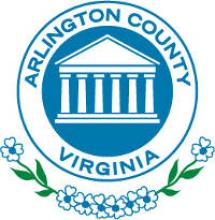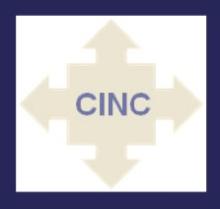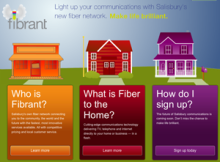Virginia Town Provides Free Wi-fi in City Park, Fiber to Community Anchors
Last summer, the city of Staunton, Virginia, sent out a press release about its new citywide free wi-fi service. Four hours later, a destructive storm ripped through Gypsy Hill Park knocking down trees and damaging buildings. Nevertheless, the equipment held on. Five days later, celebrants at the city's July 4th party used the free service in droves.
A William Jackson GCN article from December, 2012, highlights the popularity of the network:
Wi-Fi use in the park had begun well before the formal launch. Almost as soon as installation of the access points began in May, park workers noticed people congregating with their laptops in areas near the points, Plowman said, demonstrating the demand for Wi-Fi access.
Public Wi-Fi has become a popular feature at the park. “People are finding creative uses for it,” [chief technology officer for Staunton, Kurt] Plowman said, such as the woman who used a laptop Web camera to send a ball game in the park to a player’s grandmother.
As we have seen in other communities, a wireless network enhances local connectivity as a complement to a fiber network. Staunton is the County seat of Augusta and home to nearly 25,000 people.
The City owns two separate networks. In addition to the fiber used by city facilities, there is a separate dark fiber network. The city installed the dark fiber with the intention of leasing it to the Staunton Economic Development Authority. The Authority then leases it to local phone, Internet, and wireless provider, MGW. MGW serves residential and commercial customers in south and west Virginia.
In 2012, the city built a new fiber institutional network to avoid having to lease from the private sector.
We touched base with Kurt Plowman who told us that the fiber connects twelve major city facilities, including libraries, fires stations, and public works facilities. There are also over fifty traffic signal cabinets and ten facilities in Gypsy Hill Park on the fiber.
When compared with the city's past lease payments for fiber and data circuits, payback will be complete in 10 years. Additionally, there are more facilities connected and bandwidth is increased.







